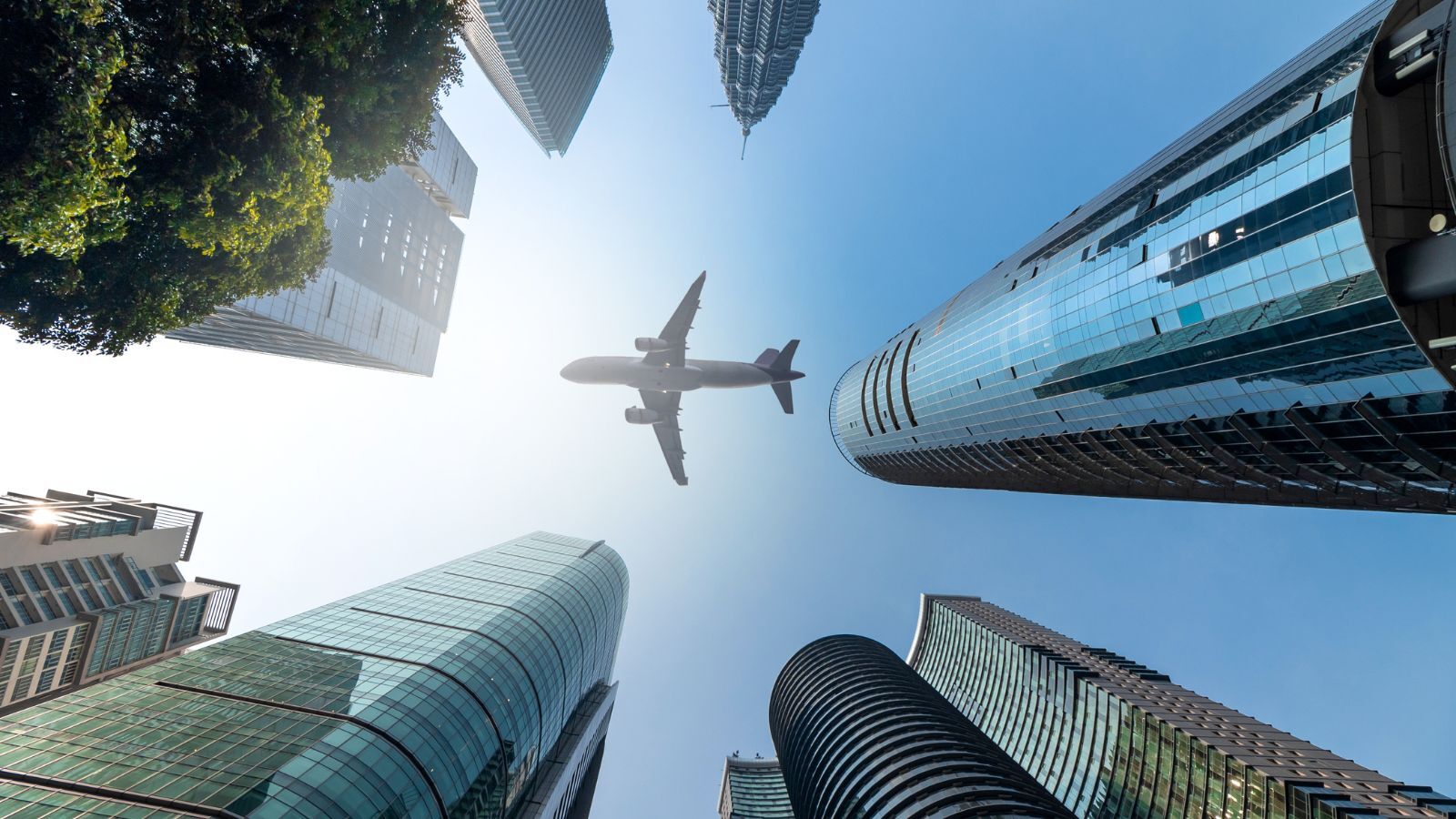Travel within ASEAN countries accounts for the largest share of international arrivals into the region, growing from 37% in 2019 to 45% in 2024. With the ever-increasing uncertainty of geopolitics and the economic outlook, this dependence on regional travel may be Southeast Asia’s ace card, insulating it from potential longer-haul market disruptions.
Like everywhere, intra-ASEAN seat capacity was impacted during the pandemic, and while the numbers are recovering steadily, they have not reached 2019 levels, indicating there is still room for growth.
In Summer 2025, there were 46 million scheduled seats available for travel between the ASEAN countries. Although this is a 7% increase compared to Summer 2024, it remains 6% below Summer 2019’s level of 50 million seats.
Malaysia takes the lead while Vietnam is catching up fast
For many years, Singapore was the centre of the Southeast Asian aviation sector, with Changi Airport serving as a major hub for international long-haul travel from neighbouring countries. Looking at intra-regional capacity in Summer 2025, Malaysia leads with 19.3 million scheduled seats to other Southeast Asian countries (5.5% behind Summer 2019 levels). And Singapore follows closely with 19 million seats (10% below Summer 2019 levels).
Although Malaysia edges ahead of Singapore in terms of scheduled seats, six out of ten of the busiest intra-Southeast Asian routes still start or end in Singapore.
ASEAN becomes even more interconnected
Looking at flows within the Southeast Asian region at country level shows that there are pockets of strong growth taking place.
Vietnam is rapidly expanding its aviation footprint, recording the fastest growth in seat capacity to other Southeast Asian countries among all ASEAN members.
- Seat capacity from Vietnam is up by 21.8% in Summer 2025 compared to Summer 2024, and a strong 8.5% ahead of Summer 2019.
In particular, total seat capacity between Vietnam and Indonesia, Philippines, and Laos is seeing significant growth compared to 2019. Vietnam has 51 route connections to other Southeast Asian destinations as of Summer 2025, up from 45 in 2019. Aside from Hanoi and Ho Chi Minh City, secondary cities Danang and Phu Quoc have seen more routes added in 2025, with five and three new routes added, respectively.
With the majority of ASEAN’s capital cities already connected to one another, the opportunity for growth is capital city-secondary city, or secondary city-secondary city.
Looking at capacity growth for Summer 2025 versus Summer 2024 shows that in that secondary city market, growth in capacity within Southeast Asia has been highest, at 18%, suggesting that there is growing activity and reasons for travel between these cities.
Analysis of airport pairs within the region reveals 50 new intra-ASEAN connections in Summer 2025 compared to Summer 2019, with the highest growth coming from connections between secondary cities.
- 22 of the new intra-ASEAN routes operate to/from Indonesian airports.
- Ten are connections to Malaysia, including four new routes from Kuala Lumpur to Indonesian secondary cities, and three from Kota Kinabalu.
- Bali also saw new connections with Hanoi and Phuket.
With Timor-Leste set to join ASEAN by the end of this year, Southeast Asian airlines are starting to ramp up their connectivity to the country. Batik Air Malaysia opened a new direct route from Kuala Lumpur to Timor-Leste’s capital, Dili, in June 2025. Whilst Singapore - Timor-Leste connectivity saw the biggest growth of seat capacity with an increase of 2,697% to 9,900 seats in Summer 2025 compared to 354 seats in Summer 2019. However, the number of absolute seats means Timor-Leste remains significantly below its regional peers.
In Vietnam, the resort island of Phu Quoc is becoming increasingly popular:
- Its flight route to Bangkok’s Suvarnabhumi Airport showed 265% growth in seat capacity in Summer 2025 compared to Summer 2019. The route was initially operated by Bangkok Airways in 2019, but Thai Vietjet became the sole operator in Summer 2025, with seats jumping from 56,880 in Summer 2024 to 107,368 in April 2025.
- Thai AirAsia and Thai Lion Air have also launched new Bangkok Don Mueang-Phu Quoc routes, bringing the total number of seats between the two cities to 183,403 in Summer 2025.
Is regional travel the key to unlocking Southeast Asian travel’s growth?
With proposed protectionist policies, uncertain global economic conditions, and geopolitical tensions affecting outbound travel sentiments, it may be wise for Southeast Asia to shift its tourism focus closer to home. Even land borders are proving to be hot spots for tension within ASEAN itself, as a dispute over Thailand and Cambodia's border demarcations led to the closure of land border crossings from mid-June for the majority of travellers, leaving air travel as the only reliable way to cross between the two countries.
Airlines in the region have an opportunity to continue growth through expanding intra-ASEAN routes and seat capacity, striving for a full recovery back to pre-pandemic levels and beyond with further connectivity between secondary cities.
What are the countries of the Association of Southeast Asian Nations (ASEAN)?
Brunei Darussalam, Cambodia, Indonesia, Laos, Malaysia, Myanmar, Philippines, Singapore, Thailand, and Vietnam





